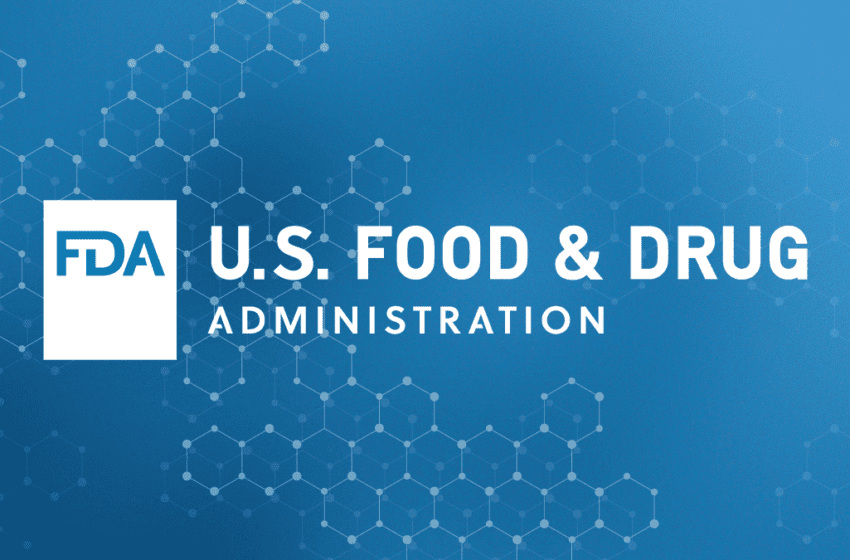The updates allows for users to more easily find compliance and enforcement data. Read More
Tags :CTP
The broken U.S. new tobacco product application process revealed by the numbersRead More
CTP is seeking industry organizations interested in participating in the selection. Read More
The meeting will be a hybrid event, with the option to attend virtually. Read More
The virtual listening session will take place on Aug. 22 at 10 a.m. EDT.Read More
The agency says it has made strides in putting its improvement plans into action. Read More
Charlene Le Fauve is a behavioral scientist and addiction researcher.Read More
CTP created a fact sheet to help amend applications and a video to help navigate the CTP portal.Read More
Zeller said Qnovia’s nicotine inhalation product has the potential to be a “gamechanger."Read More
The probe follows the Reagan-Udall Foundation's findings. Read More








